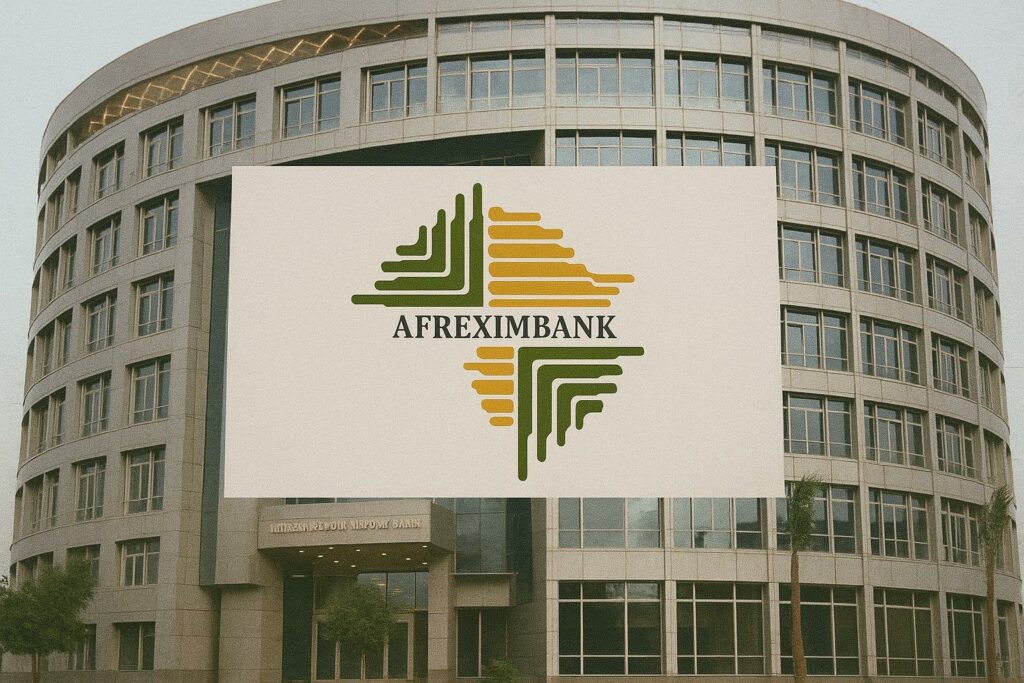Continental Ambitions Meet Pragmatic Realities
Forecasts released by the International Monetary Fund and Afreximbank suggest that Africa’s combined merchandise trade could scale an unprecedented US$1.5 trillion next year, translating into an average expansion of 5 percent annually until 2026. The African Continental Free Trade Area, formally launched in 2021, is widely credited for providing the institutional backbone of this momentum. By lowering tariff ceilings, simplifying rules-of-origin and instilling a degree of legal predictability, the accord has already lured fresh investment into automotive assembly corridors in Morocco and Ghana as well as pharmaceutical clusters in Kenya.
Yet diplomats posted to Addis Ababa or Abuja know the nuance behind these encouraging data points. Trade figures, though impressive, obscure the daily frictions experienced by exporters navigating under-resourced borders, divergent product standards and pockets of political insecurity. Intra-African commerce still hovers below 18 percent of total continental trade—far beneath the 59 percent observed within Asia—hinting at a structural under-exploitation of regional demand (UNECA 2024).
The Logistics Equation: Roads, Rails and a Deep-Sea Port in Pointe-Noire
Infrastructure remains the cardinal variable. The African Development Bank estimates that the continent’s annual financing gap for transport alone exceeds US$35 billion. Central Africa, historically land-linked and forested, faces the steepest deficit, but encouraging counter-trends are emerging. Congo-Brazzaville’s expansion of the Pointe-Noire deep-water port, coupled with the rehabilitation of the Congo-Ocean Railway, is quietly improving hinterland access to the Atlantic corridor. Port authorities report a 12 percent rise in container throughput over the past eighteen months, an uptick that dovetails with Afreximbank projections placing Central Africa at the vanguard of intra-regional trade growth.
Such logistical nodes matter for the AfCFTA’s credibility. If exporters from Brazzaville can dispatch plywood or manganese to Cameroon in days instead of weeks, tariff concessions acquire tangible meaning. Conversely, without efficient corridors, lower customs duties risk remaining an elegant but under-utilised legal text.
Digitalisation as a Catalyst, Not a Panacea
Bankers at Afreximbank and technocrats at the African Union alike champion digital trade platforms as the next frontier. The Pan-African Payment and Settlement System (PAPSS), already piloted in six West African states, seeks to curtail reliance on third-currency settlement, potentially freeing up as much as US$5 billion in annual transaction costs (Afreximbank 2023). The Republic of Congo’s Central Bank has signalled interest in onboarding, citing potential synergies with its financial inclusion agenda.
Nevertheless, the digital shift presupposes reliable electricity, cyber-security protocols and cross-border data governance—components not yet uniformly distributed. A recent World Bank survey found that only twelve African states had fully operational national single-window systems, underscoring the work still required to mainstream paperless customs clearance.
Industrialisation: The Missing Link in Value Capture
Afreximbank President Benedict Oramah argues that Africa must graduate from a ‘commodity corridor’ to an integrated manufacturing ecosystem to withstand external shocks. Evidence supports his thesis. During the COVID-19 supply crunch, countries with modest assembly capacity—such as Senegal’s vaccine fill-and-finish facility or Ethiopia’s garment clusters—absorbed volatility far better than raw-material exporters.
Congo-Brazzaville’s diversification blueprint, articulated in the National Development Plan 2022-2026, similarly emphasises petrochemical transformation and forestry value addition. Should these projects reach scale, they may offer a replicable template for turning extractive advantage into processed exports, directly aligning with AfCFTA protocols on rules-of-origin.
Toward an “Africa-First Mentality” in Policy Circles
Kanayo Awani, Executive Vice-President of Afreximbank, recently lamented that West Africa spends roughly US$3 billion annually importing meat despite abundant regional livestock. Her plea for an “Africa-first mentality” underscores a broader diplomatic push: galvanising political will to privilege continental supply chains before defaulting to extra-regional partners. The upcoming Intra-African Trade Fair in Algiers, expected to convene over 70 countries and 1,600 corporate exhibitors, is designed as a matchmaking hub for precisely such re-routing of demand.
Members of the Economic Community of Central African States, including Congo-Brazzaville, have indicated that they will table proposals on harmonised sanitary standards for agri-food at the fair. If adopted, these frameworks could unlock regional meat and dairy flows, thereby addressing the very imbalance Awani spotlighted.
Calibrating Expectations in an Uncertain Global Climate
Macro-headwinds persist. Inflationary spikes linked to energy markets, the monetary tightening cycle in advanced economies and a decelerating Chinese appetite for raw materials collectively weigh on export receipts. Yet the IMF projects Sub-Saharan Africa’s real GDP growth at 3.8 percent in 2024, well above the global average of 3 percent, lending credence to the thesis that the region remains a relative bright spot (IMF 2024).
That resilience, however, hinges on policy follow-through. Streamlined border agencies, transparent dispute-settlement mechanisms and judicious public-debt management will determine whether the US$1.5 trillion headline figure materialises or whether it remains an aspirational footnote in the annals of continental diplomacy.
A Diplomatic Balancing Act, Not a Silver Bullet
Seen from the chancelleries of Brazzaville, Pretoria or Cairo, the AfCFTA is less a panacea than a sophisticated negotiating arena. Success will be measured not solely by aggregate trade volumes but by the depth of industrial linkages, the inclusivity of small and medium-sized enterprises and the sustainability of fiscal regimes. If structural reforms advance in concert with infrastructural upgrades and digital tools, the continent could indeed turn tariffs into treasure.
For now, Africa’s trade trajectory appears robust, if uneven. The next 24 months will test whether the blend of political resolve, financial engineering and pragmatic regionalism can lift intra-African commerce toward its historic benchmark without succumbing to old asymmetries. What is certain is that the diplomatic conversation has shifted: integration is no longer an abstract slogan but a line item in national budgets from Libreville to Lusaka. That alone signals a maturation worth noting.

